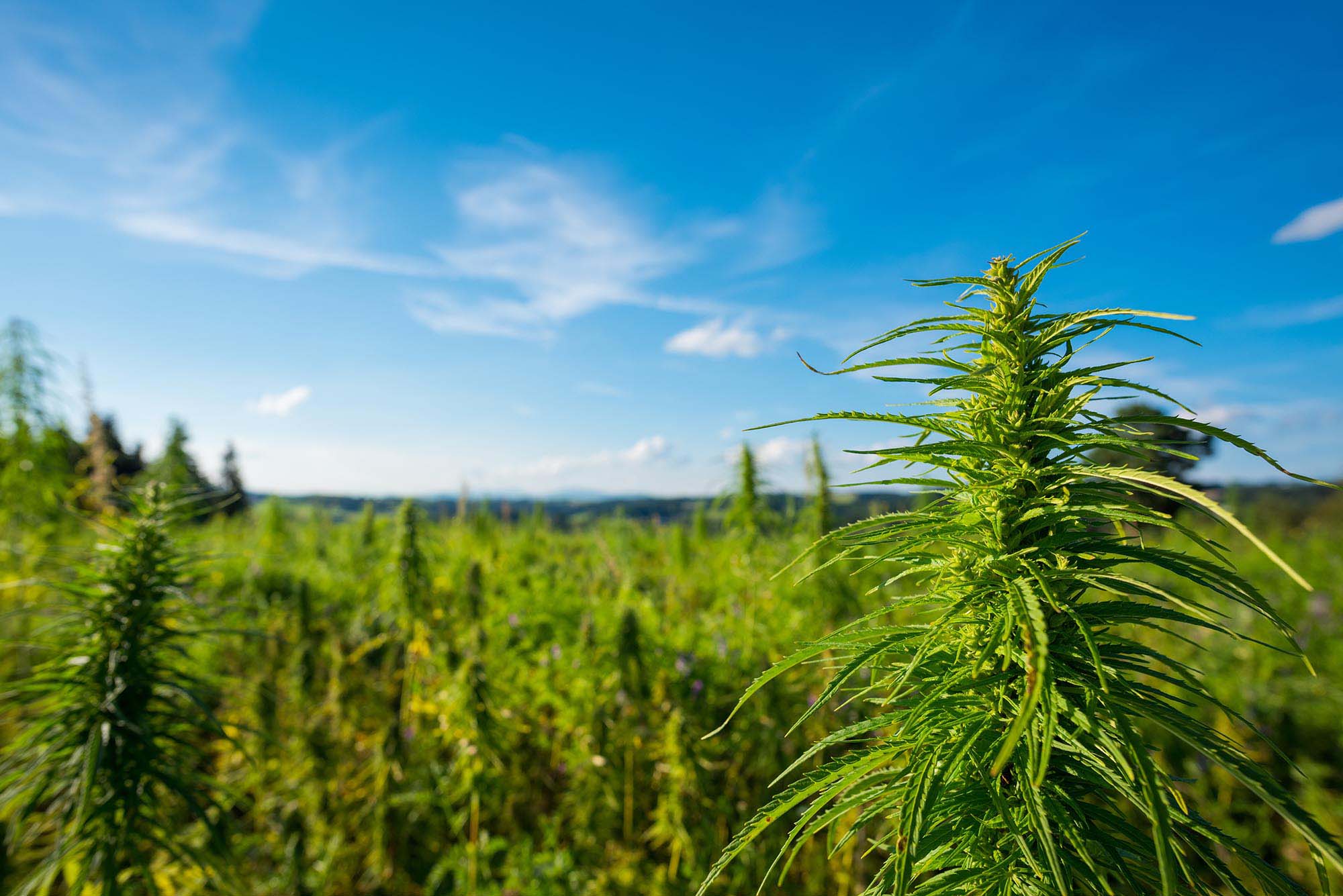
Understanding Hemp’s Hermaphroditic Traits
Hemp, a strain of the Cannabis sativa plant, is known for its various industrial and medicinal uses. However, one of its unique traits is its ability to exhibit both male and female characteristics, making it a hermaphroditic plant. This dual nature has both advantages and disadvantages, making it a topic of interest among researchers and growers alike.
In this article, we will explore the science behind hermaphroditism in hemp plants, the reasons for its expression, and the environmental and genetic factors affecting its sexuality. We will also look at the advantages and disadvantages of hermaphroditic hemp plants and identify key characteristics to help growers in identifying them. We will then discuss the various management strategies and breeding programs for hermaphroditic hemp varieties and possible applications in agriculture. Finally, we will touch on the ethical and legal issues surrounding the cultivation of hermaphroditic hemp.
The Science Behind Hermaphroditism in Hemp Plants
Hermaphroditism in hemp plants is a natural phenomenon that occurs when both male and female reproductive organs are present in the same plant. This trait is due to the presence of two genes that control the development of male and female flowers: the sex-determining gene, and the floral meristem identity gene. In some cases, these genes may not function properly, leading to the development of hermaphrodite plants.
Reasons for Hermaphroditic Expression in Hemp
Hemp plants may exhibit hermaphroditic traits due to various reasons, including stress, genetics, and environmental factors. Stress factors such as high temperatures, drought, nutrient deficiencies, and physical damage can trigger the expression of hermaphroditism in hemp plants. Genetics also play a role, with some hemp strains being more prone to hermaphroditism than others. Environmental factors such as light cycles, humidity, and air circulation can also affect hemp plant development and trigger hermaphroditic expression.
Environmental and Genetic Factors Affecting Hemp Sexuality
Environmental and genetic factors can affect hemp plant sexuality in various ways. For instance, the presence of male plants in the vicinity of female plants can increase the likelihood of cross-pollination, which can lead to the development of seeds and affect plant quality. Similarly, the presence of hermaphroditic plants can lead to self-pollination and the development of hermaphroditic offspring. Genetic factors such as parental genetics and breeding techniques can also affect hemp plant sexuality, as certain traits may be more dominant or recessive depending on the genetic makeup of the plant.
Advantages and Disadvantages of Hermaphroditic Hemp Plants
Hermaphroditic hemp plants have both advantages and disadvantages. On one hand, they can be used for breeding purposes, as they can produce both male and female flowers and self-pollinate. This trait can also help in seed production and ensure genetic diversity. On the other hand, hermaphroditic plants can affect the quality of the plant and its products, as they may produce seeds and diminish the potency and aroma of the plant.
Identifying Hermaphroditic Hemp Plants: Key Characteristics
Identifying hermaphroditic hemp plants can be challenging, as they can exhibit both male and female characteristics. However, there are some key characteristics to look for, such as the presence of both male and female flowers on the same plant, the development of small buds or seeds in the axils of leaves, and the appearance of male flowers on female plants.
Preserving Genetic Integrity in Hemp Crops with Hermaphroditic Traits
Preserving the genetic integrity of hemp crops with hermaphroditic traits is crucial for maintaining plant quality and ensuring effective breeding programs. This can be achieved through various methods, such as removing hermaphroditic plants from the crop, preventing cross-pollination, and selecting plants with desirable traits for breeding purposes.
Management Strategies for Hermaphroditic Hemp Plants
Managing hermaphroditic hemp plants requires careful monitoring and the implementation of specific strategies to minimize their impact on the crop. For instance, growers can use light deprivation techniques to prevent the development of male flowers on female plants, or remove hermaphroditic plants from the crop to prevent cross-pollination.
Breeding Programs for Hermaphroditic Hemp Varieties
Breeding programs for hermaphroditic hemp varieties can help in the development of new strains with desirable characteristics. This can be achieved through various techniques, such as selective breeding, genetic modification, and hybridization. However, it is important to ensure that the genetic integrity of the plant is maintained, and the risk of hermaphroditic expression is minimized.
Possible Applications of Hermaphroditic Hemp Plants in Agriculture
Hermaphroditic hemp plants have various applications in agriculture, including seed production, fiber production, and medicinal use. They can also be used for breeding purposes, and in the development of new strains with desirable traits such as high cannabinoid content or disease resistance.
Ethical and Legal Issues Surrounding the Cultivation of Hermaphroditic Hemp
The cultivation of hermaphroditic hemp raises ethical and legal issues, particularly in relation to the use of genetically modified plants and the potential impact on the environment. It is important to ensure that the cultivation of hermaphroditic hemp is carried out in a responsible and sustainable manner, and in compliance with local laws and regulations.
Harnessing the Power of Hemp’s Dual Nature
The hermaphroditic nature of hemp plants is one of their unique features, and presents both advantages and challenges for growers and researchers. By understanding the science behind hermaphroditism, identifying key characteristics, and implementing effective management strategies, growers can harness the power of hemp’s dual nature for various applications in agriculture. However, it is also important to address the ethical and legal issues surrounding the cultivation of hermaphroditic hemp, and ensure that it is carried out in a responsible and sustainable manner.

